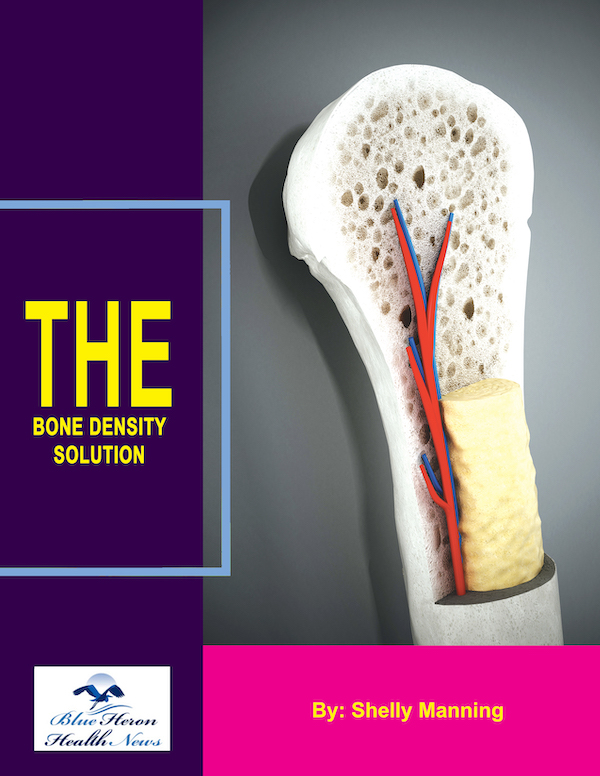
The Bone Density Solution By Shelly Manning The Bone Density Solution is worth considering for all those who are looking for an effective and lasting solution for the pain and inflammation caused by osteoporosis. The solutions are natural and can contribute to the overall well being. You just need to develop some healthy habits and add the right food to your diet to get the desired benefit.
What impact does weight-bearing exercise have on bone density?
Weight-bearing exercise has a positive impact on bone density and is one of the most effective ways to strengthen bones and reduce the risk of osteoporosis and fractures. Here’s how weight-bearing exercises benefit bone health:
1. Stimulates Bone Formation:
- Mechanical loading: Weight-bearing exercises create mechanical stress on the bones, which stimulates the osteoblasts (bone-forming cells) to produce more bone tissue. The bones respond to this stress by becoming stronger and denser.
- Bone remodeling: Regular weight-bearing activity promotes the process of bone remodeling, where old bone tissue is broken down by osteoclasts, and new bone is formed by osteoblasts. This helps maintain or even increase bone density, particularly in weight-bearing bones like the spine, hips, and legs.
2. Improves Bone Mineral Density (BMD):
- BMD enhancement: Studies have shown that weight-bearing exercises can increase bone mineral density (BMD), which is a key indicator of bone strength. Higher BMD reduces the risk of fractures and is associated with stronger, healthier bones.
- Prevention of bone loss: For individuals at risk of osteoporosis, weight-bearing exercises can help slow the rate of bone loss and reduce the likelihood of developing weak bones over time.
3. Increases Bone Strength:
- Stronger bones: Over time, weight-bearing exercises improve bone strength by encouraging the bones to adapt to increased physical demand. This leads to increased bone mass, thicker bone trabeculae (the tiny structures inside bones), and enhanced bone strength.
- Supports weight-bearing joints: These exercises help strengthen the bones in weight-bearing joints (such as the knees, hips, and spine), which are particularly vulnerable to osteoporotic fractures.
4. Improves Balance and Coordination:
- Fall prevention: Weight-bearing activities, especially those that challenge balance (such as walking, dancing, or weightlifting), improve balance and coordination. This helps reduce the risk of falls, which is a major cause of fractures in people with low bone density or osteoporosis.
- Bone protection through stability: Better balance and coordination can help prevent falls, which can otherwise result in fractures in individuals with weakened bones.
5. Increases Muscle Mass:
- Muscle and bone connection: Weight-bearing exercises not only strengthen bones but also build muscle. Muscles pull on bones during exercise, which helps stimulate bone growth. Strong muscles also support bones by improving overall stability and function.
- Muscle strength as a protective factor: Stronger muscles help protect bones from stress and injury by reducing the strain placed on bones during daily activities and physical exertion.
6. Promotes Healthy Hormonal Balance:
- Endocrine benefits: Weight-bearing exercise has been shown to help regulate hormones that are involved in bone health, such as estrogen and testosterone. These hormones play a key role in maintaining bone density, especially in postmenopausal women and older men.
7. Types of Weight-Bearing Exercises:
Weight-bearing exercises can be high-impact or low-impact, and both offer benefits for bone health:
- High-impact exercises: These exercises involve more vigorous activities that exert greater force on bones, such as running, jumping, and certain types of aerobic exercise. These exercises are most beneficial for increasing bone density in younger individuals.
- Low-impact exercises: These are gentler on the joints but still provide weight-bearing benefits, such as walking, hiking, dancing, and resistance training. Low-impact weight-bearing exercises are particularly beneficial for older adults or those with joint issues.
8. Effectiveness at Different Life Stages:
- Young adults: Weight-bearing exercises are most effective for building peak bone mass in youth and young adults. The bones reach their maximum density in the late 20s to early 30s, so engaging in weight-bearing activities during this period can set the foundation for strong bones throughout life.
- Older adults: For older adults, weight-bearing exercises help preserve bone density and prevent further bone loss. They also help improve mobility and reduce the risk of fractures associated with osteoporosis.
- Postmenopausal women and men over 50: These individuals, who are at higher risk of osteoporosis, can benefit from weight-bearing exercises that help slow the rate of bone loss and maintain bone health as they age.
Conclusion:
Weight-bearing exercise is essential for maintaining and improving bone density, especially as we age. By stimulating bone formation, enhancing bone mineral density, and promoting muscle strength, these exercises help prevent bone loss and reduce the risk of fractures. Incorporating regular weight-bearing activities, whether high-impact or low-impact, can support long-term bone health and overall physical function.
The Bone Density Solution By Shelly Manning The Bone Density Solution is worth considering for all those who are looking for an effective and lasting solution for the pain and inflammation caused by osteoporosis. The solutions are natural and can contribute to the overall well being. You just need to develop some healthy habits and add the right food to your diet to get the desired benefit.